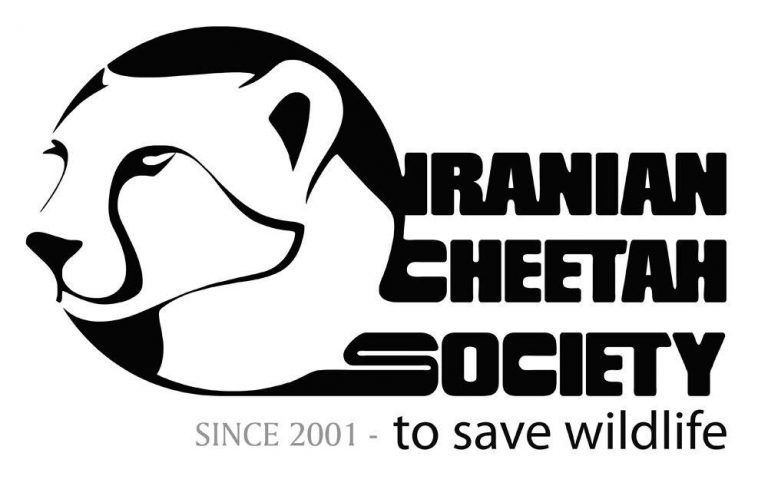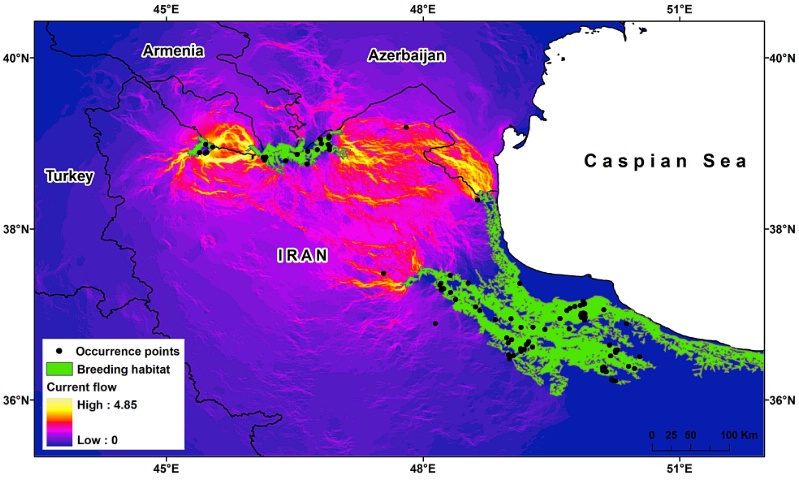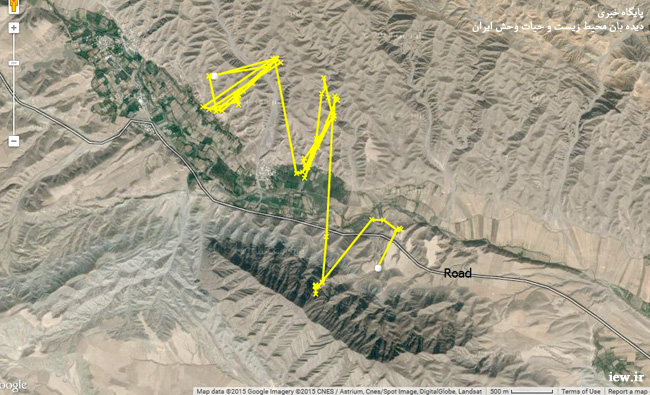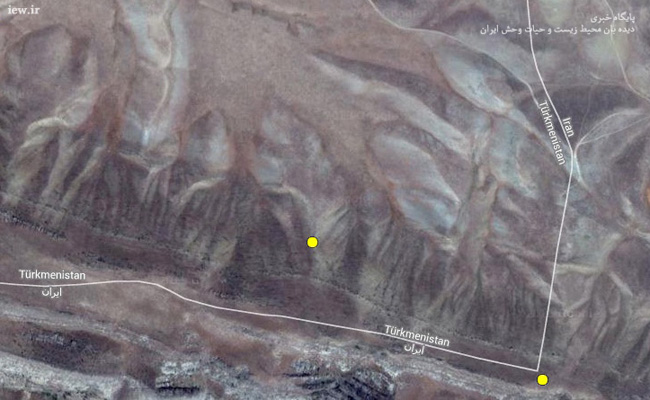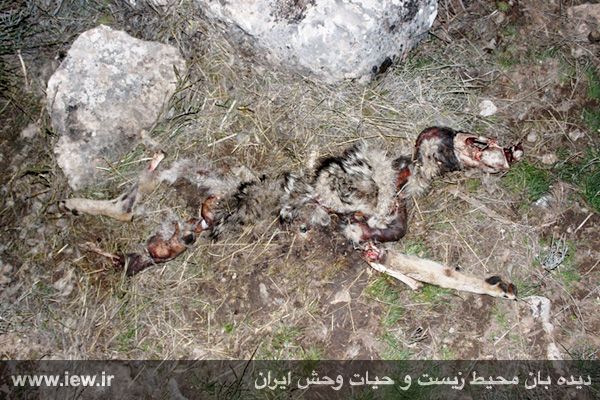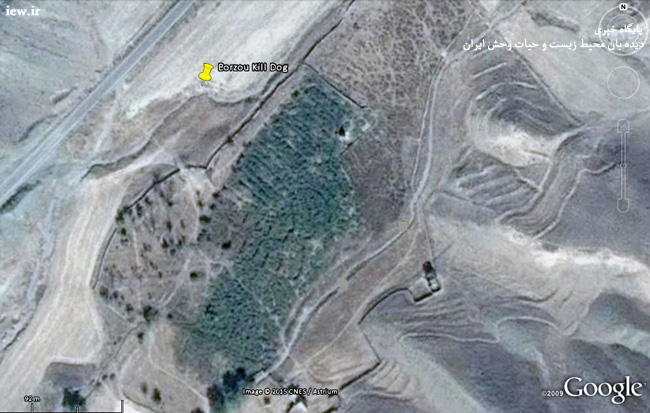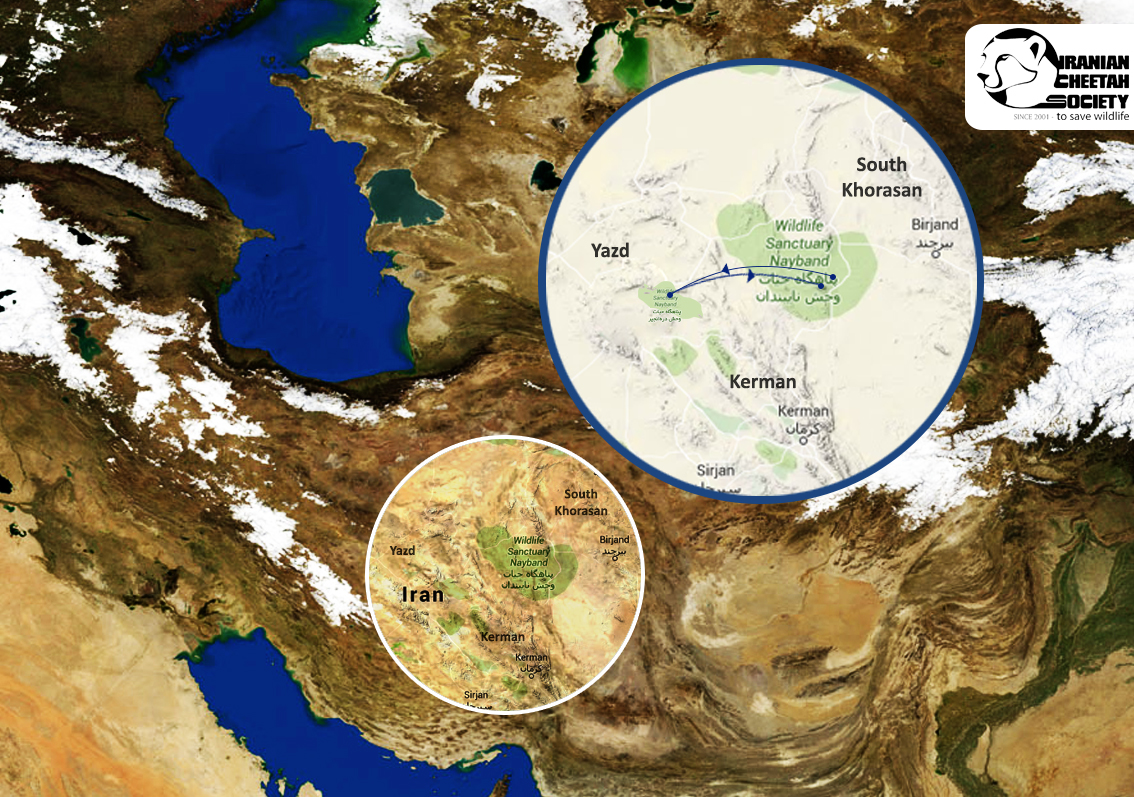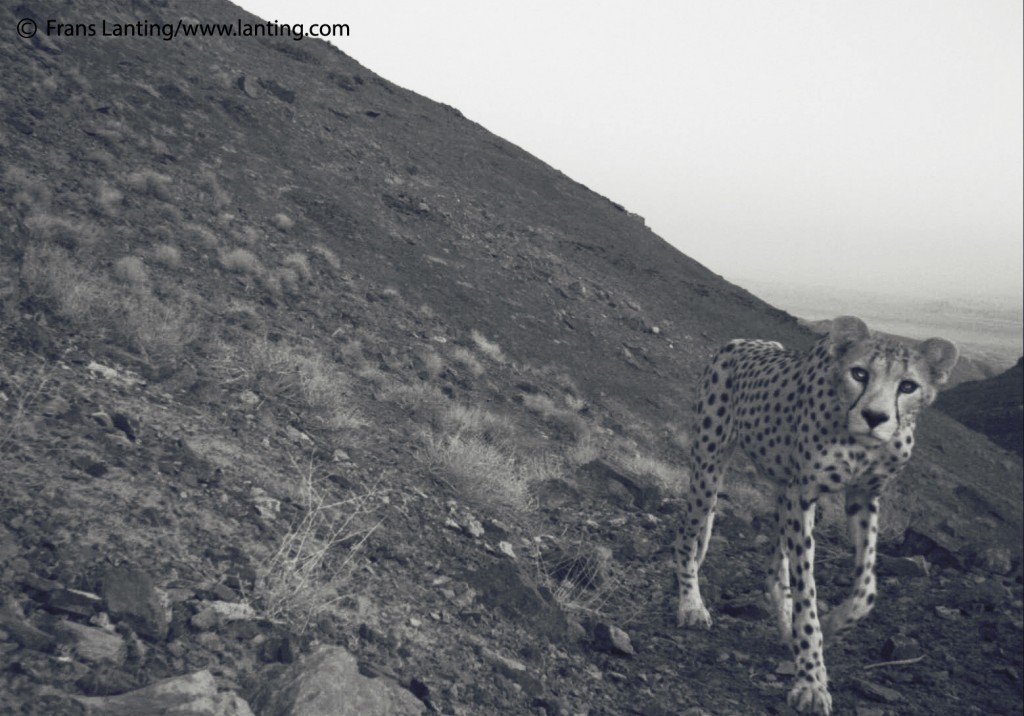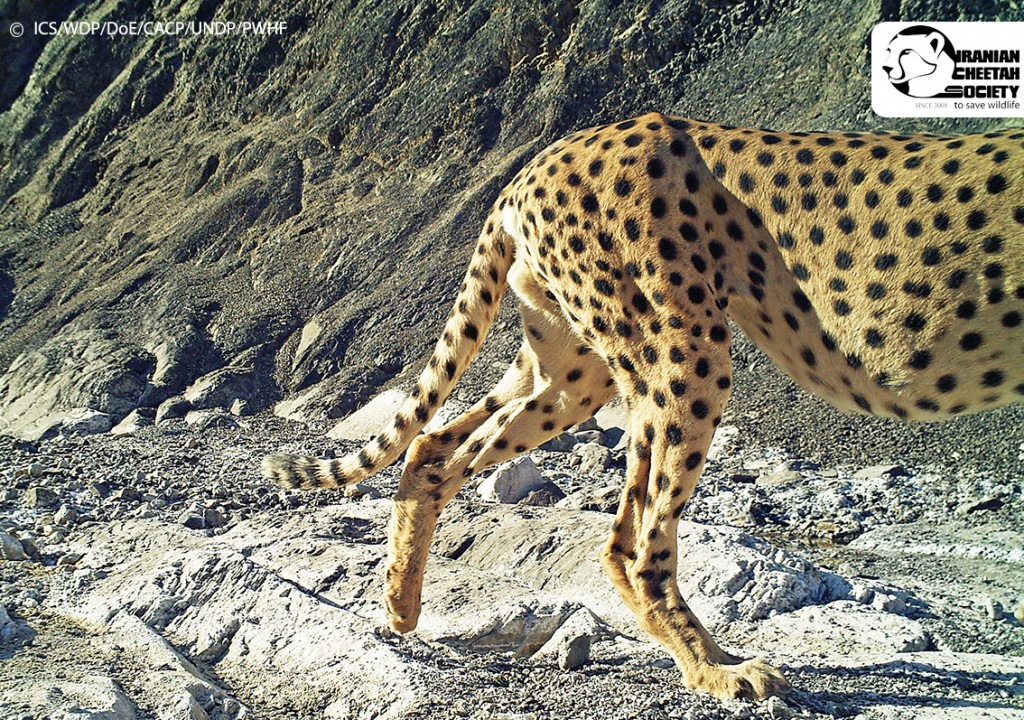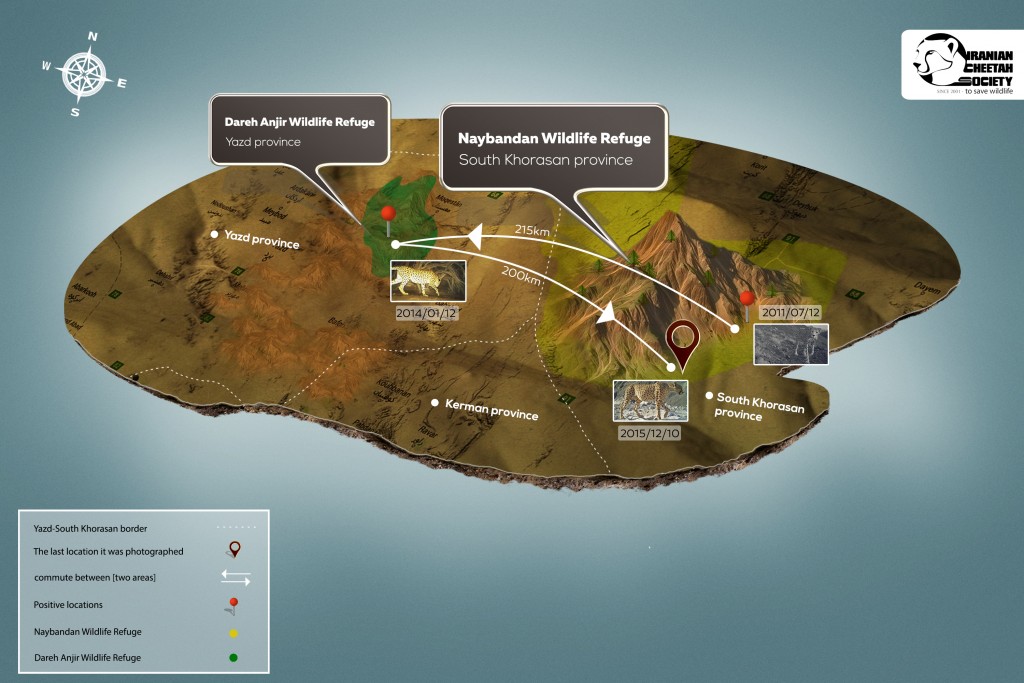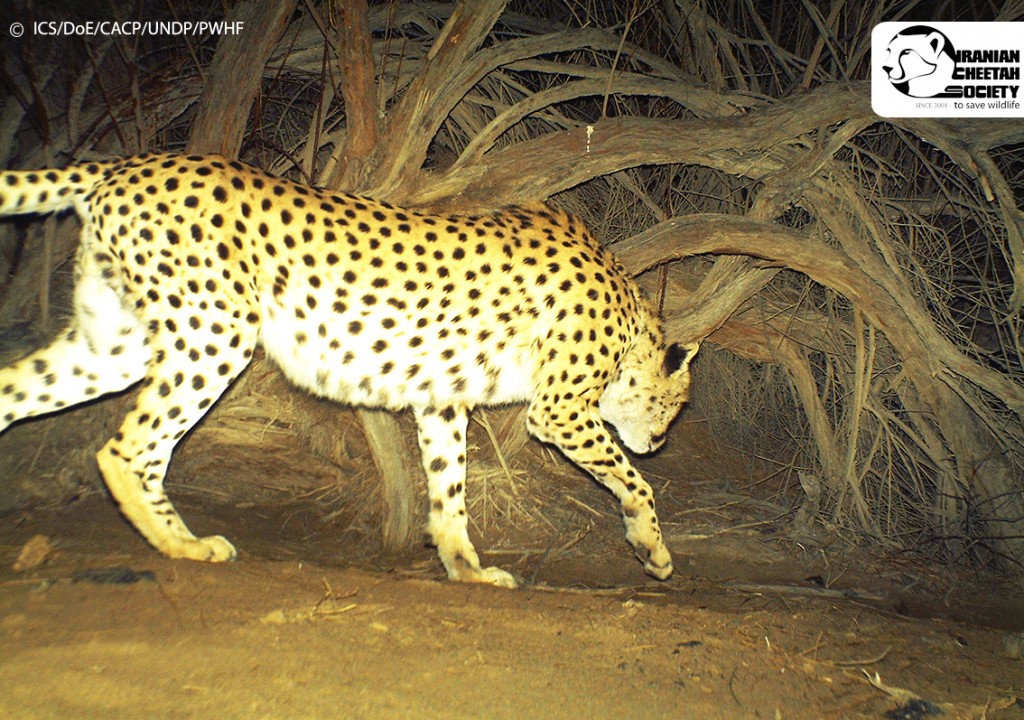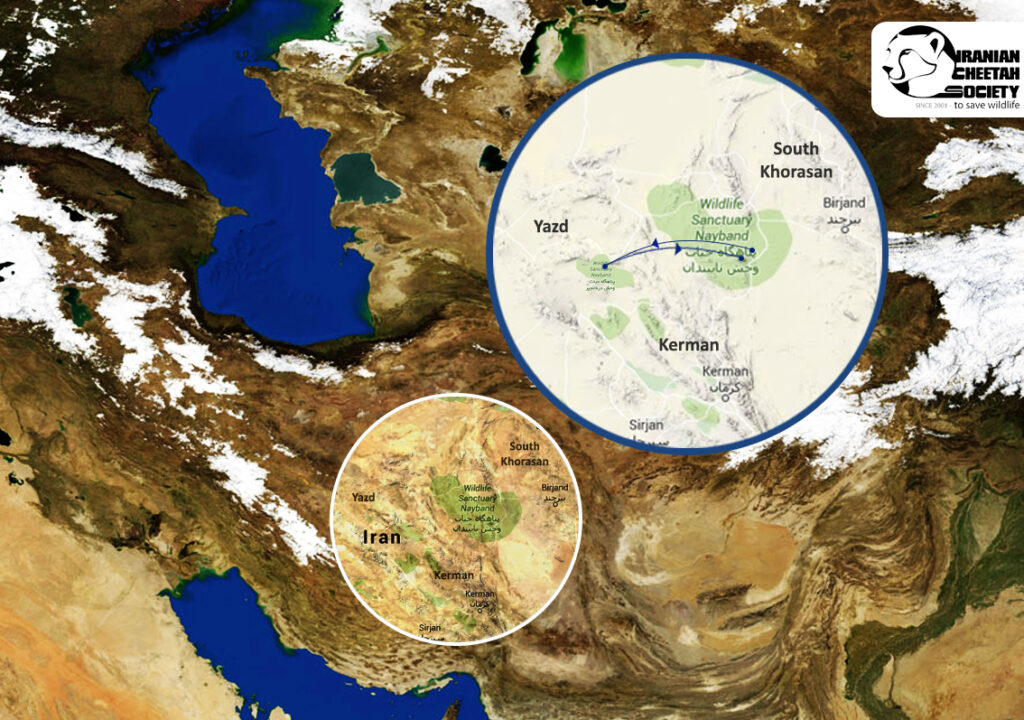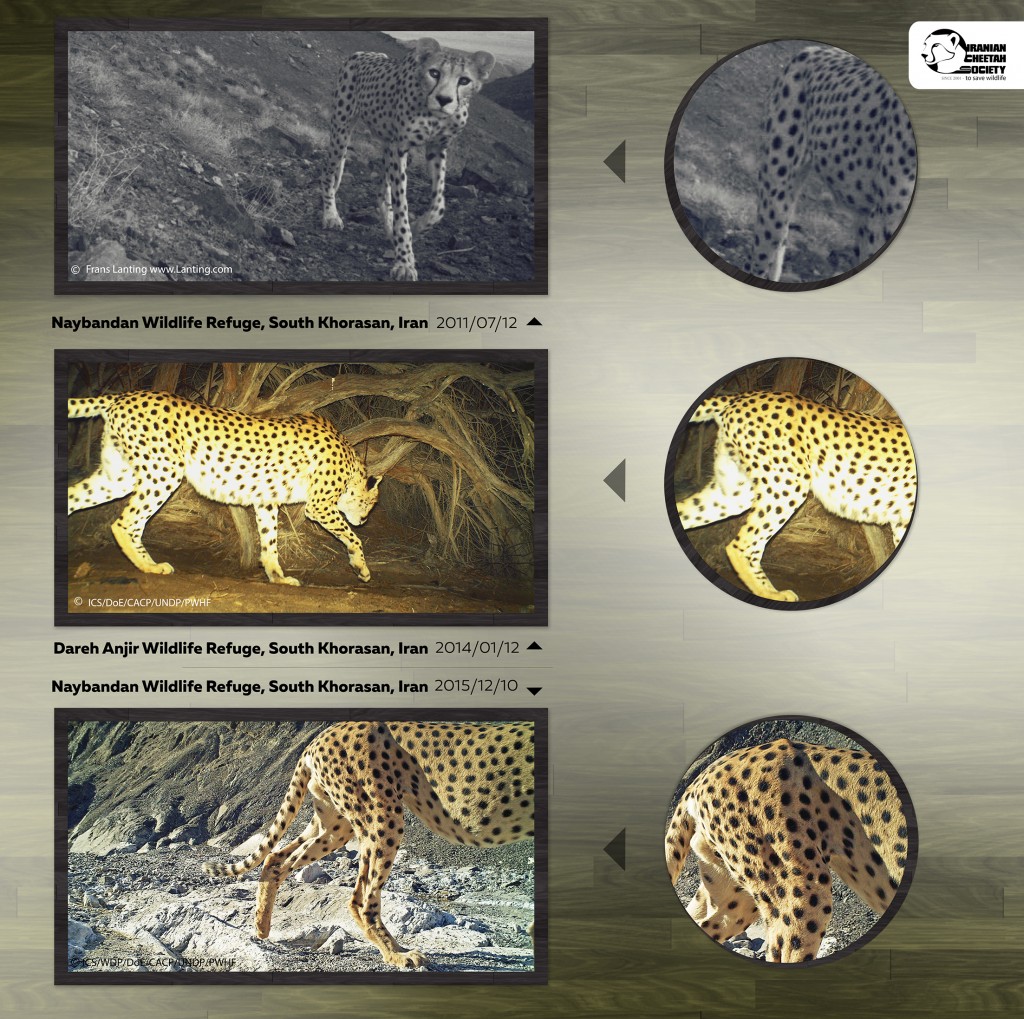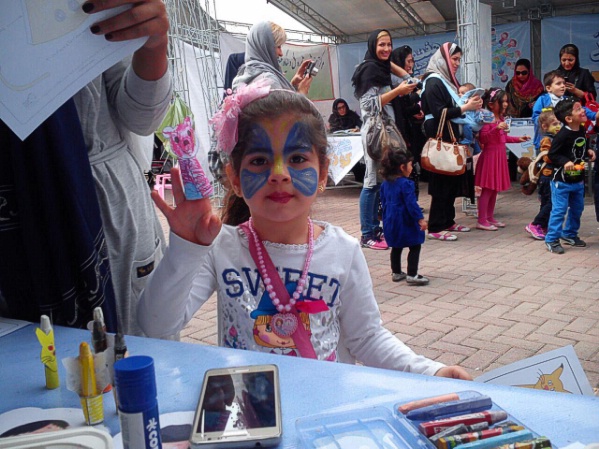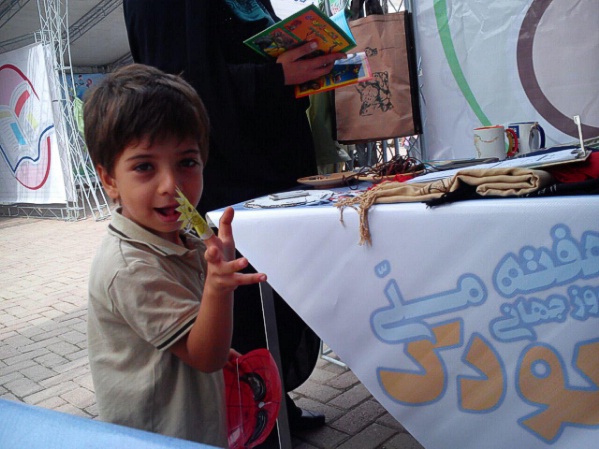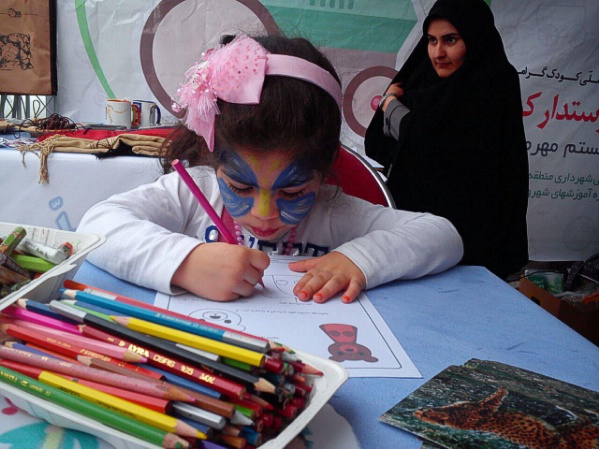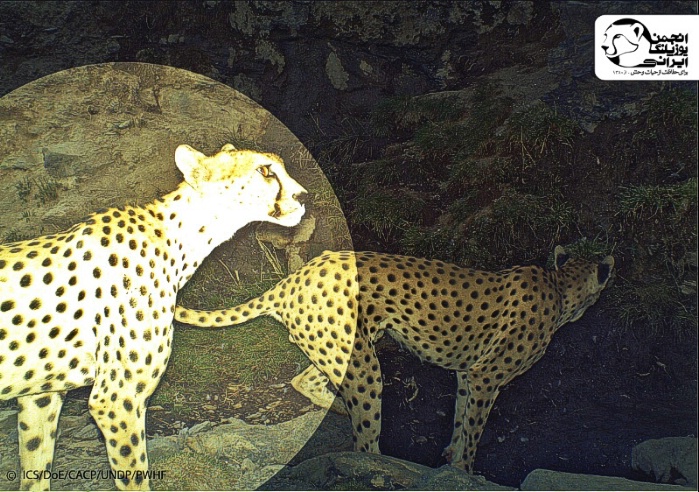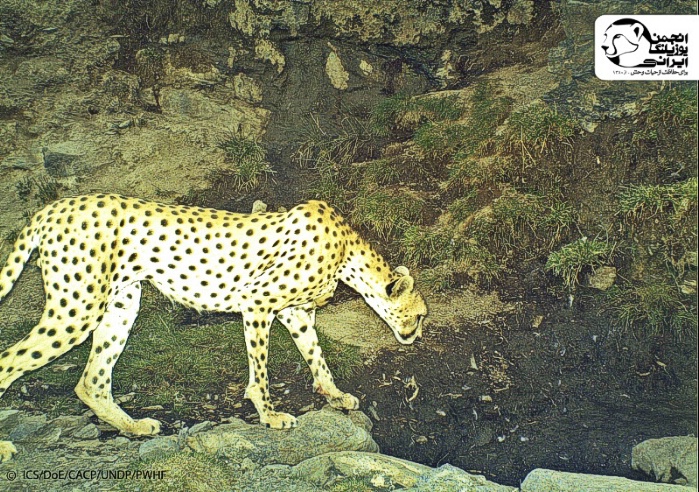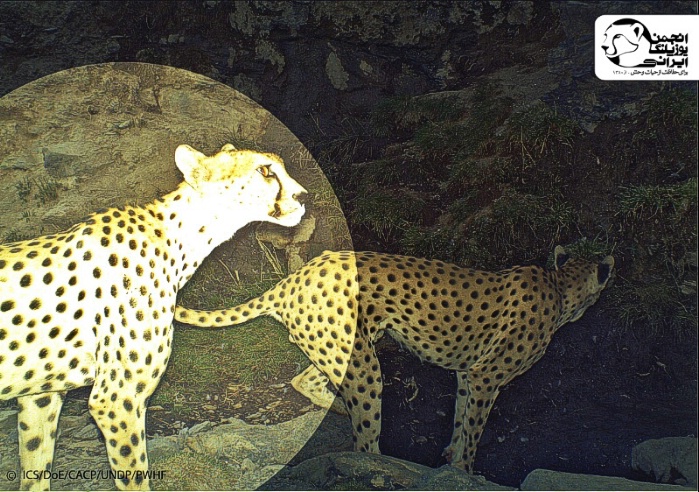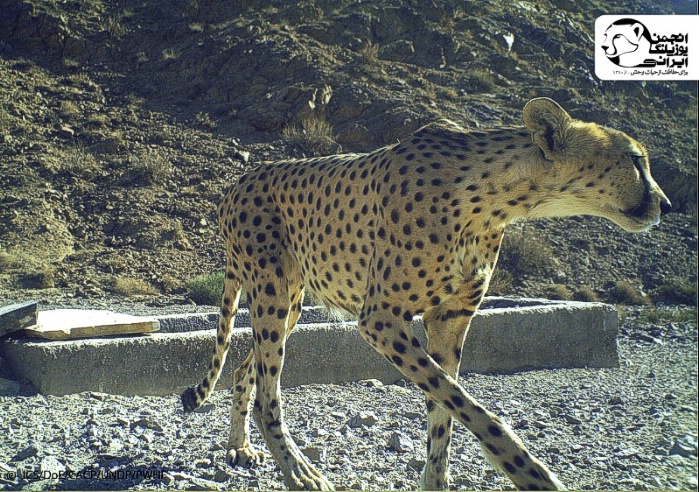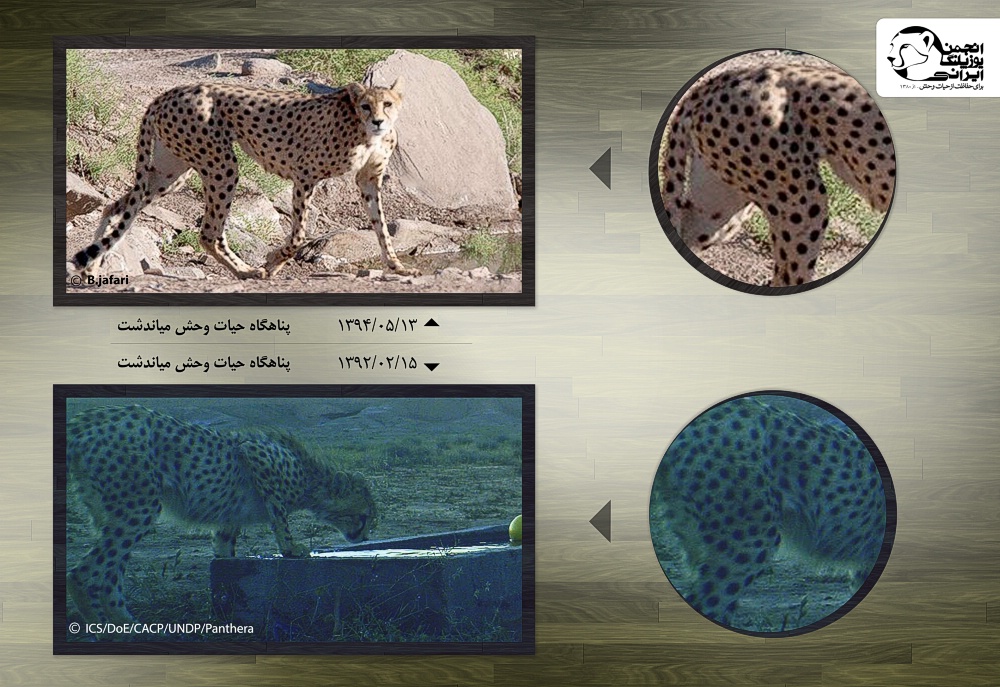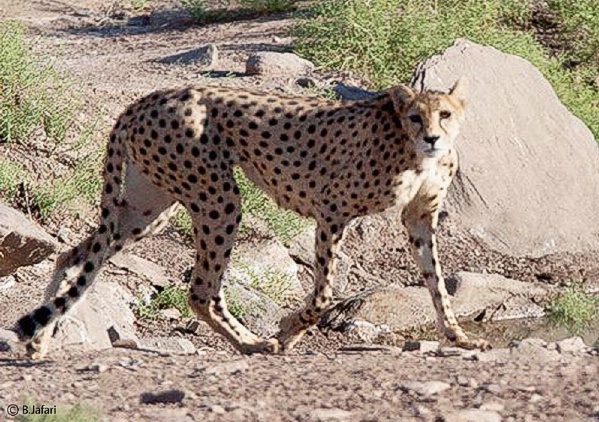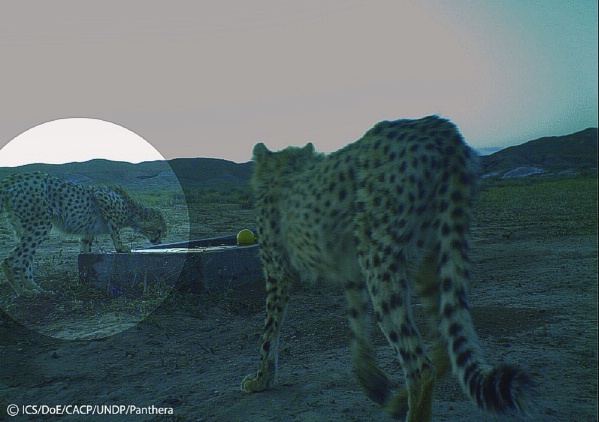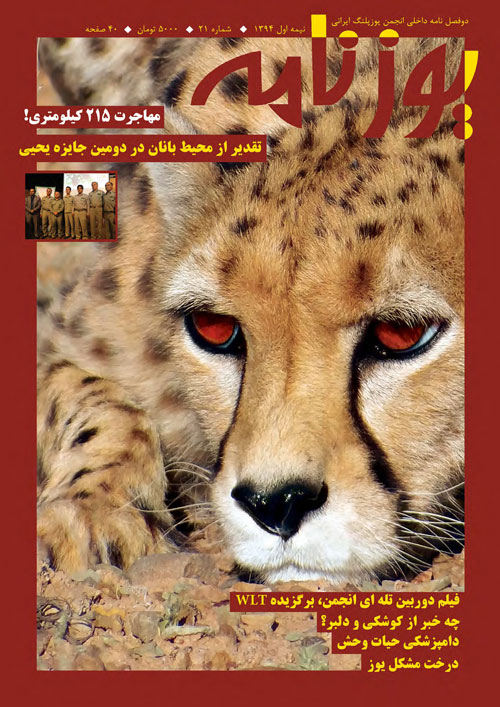A new study involving the Iranian Cheetah Society (ICS) researchers shows that conservation of leopard populations in the Caucasus is tied to regional cooperation between range countries.
Published in Biological Conservation , the study reveals that suitable leopard habitats in the Iranian Caucasus are likely to be fragmented into two main patches of collectively over 20,000 km2: (1) the Alborz landscape which hosts the larger leopard nucleus and majority of breeding occurrences, and (2) the boundary landscape along borders with Republic of Azerbaijan and Armenia. Only 30% of these landscapes are officially protected. By modeling the connectivity between these two core patches in north-western Iran, the study show that persistence of the leopard population in the boundary landscape and the broader Lesser Caucasus Mountains is dependent on trans-boundary movements through southern Azerbaijan. Thus, it is a priority that international collaboration secures the leopard’s conservation in the wider landscape spanning the borders of Caucasian countries.
ICS is now launching a large-scale corridor assessment focusing in Gilan and Ardabil provinces to assess the value of protecting the proposed corridors and to delineate priority areas for range-wide leopard conservation. ICS’ findings will also be used to support a proposal that Iran Department of the Environment should grant legal protection to certain areas, and to explore opportunities for a regional cooperation between Iran and the southern Caucasus countries.
The ICS’ Caucasus leopard project in northwestern Iran is supported by Iran Department of the Environment and World Land Trust.
مدیر سایت
A train driver has been hailed by the Iranian conservationists for saving the lives of two cheetahs when his train was about to hit them on Mashhad-Tehran railroad recently. Hossein Zarei, the alertness locomotive driver, spotted two glowing eyes on the railroad not so far away from the southern borders of Miandasht Wildlife Refuge, one of the key cheetah reserves in northeastern Iran. He soon realized that these are indeed two large spotted cats apparently caught in the glare of the train lights. Hossein used the train horn to frighten away the cats, turned off the locomotive lights for a few seconds, and tried to slow down the train. Fortunately, the large cats could escape the scene as a result of Hossein’s reaction. He then could clearly see two cheetahs were running from the railroad. Thus, Hossein quickly informed local wildlife authorities in the nearby city.
The area where this incident has been reported falls between North Khorasan and Semnan provinces, and is likely to be part of a movement corridor for cheetahs between Miandasht Wildlife Refuge and Touran National Park. During the last decade at least 11 Asiatic cheetahs has been killed in the Iranian roads. Loss of routes of connectivity is believed to threaten the Critically Endangered Asiatic cheetahs in Iran.
The “Iranian” GPS-Satellite collared leopard visits Turkmenistan!
On October 5th, 2015, one of the four male Persian leopards GPS-collared within the Persian Leopard Project in north-eastern Iran crossed Iran-Turkmenistan border. “Borzou”, an old male of over 10-years-old, has been continuously monitored since 22st of February 2015, when he was captured in Tandoureh National Park, Razavi Khorasan province. Bordou has been roaming outside the national park since September 26th, and has walked around 20 km through several villages and human development areas to reach the border with Turkmenistan.
The yellow circle in left shows the first GPS location of Borzou in Turkmenistan that the research team received after he crossed the border (white line).
The research team led by Iranian Cheetah Society’s senior research Mohammad Farhadinia, has been closely working with local wildlife authority and decision makers during this period to minimize the risk of human-leopard interactions. There has been no claim of livestock loss or attack to human due to leopards by local people during this period. Interestingly, Borzou remained unspotted within this human-dominated landscape before crossing the border into the Turkmenistan’s Kopet Dag Mountains.
Borzou photographed in Tandoureh National Park, northeastern Iran, before starting his journey to the nearby Turkmenistan
The Borzou’s successful dispersal to Turkmenistan is the first verifiable record of leopard movements between Iran and Turkmenistan, stressing the need for transboundary cooperation and conservation initiatives between these two countries. The research team now tries to contact Turkmen authorities to ensure Borzou’s safe journey inside this country.
GPS locations and track lines show Borzou movement pattern around two mounths ago when he left the national park
This is not the first time that Borzou leaves its territory in TandourehNational Park. Around two months ago he left the reserve and spent 23 days in the surrounding villages, where he killed several domestic dogs and one wild ewe.
Remains of domestic dog killed by Borzou on the outskirts of a village in periphery of Tandoureh National Park, northeastern Iran
The Ecology and Conservation of the Persian Leopard in Northeastern Iran Project is Mohammad’s PhD with University of Oxford’s WildCRU, and is running in collaboration with the Iranian Cheetah Society, Iran Department of the Environment, Razavi Khorasan Provincial Office of Iran Department of the Environment, and Panthera.
The yellow landmark shows location of the domestic dog killed by Borzou near a fruit orchard next to a local road to the village
Just released: Multiple cheetah movements between the key reserves
In July 2015, Conservation of the Asiatic Cheetah Project (CACP) reported observation of a female cheetah with two cubs by local rangers in Naybandan Wildlife Refuge, South Khorasan province. Consequently the Iranian Cheetah Society deployed several camera traps in the reserve in an attempt to photograph this family.
The first photograph of Pouyan, captured in Naybandan Wildlife Refuge by a team from National Geographic in December 2011
Despite we were unable to photo-capture the cheetah family after one month of intensive camera-trapping, three solitary male cheetahs were identified.
Comparison of coat patterns to identify unique cheetah individuals revealed a stunning finding; “Pouyan”, the cheetah we previously reported because of his 215-km journey to Dare-Anjir Wildlife Refuge, is now back to Naybandan!
Considering the distance between the camera trap stations in these two reserves, Pouyan has walked at least around 415 km within 9 months between these two reserves.
Pouyan was first photographed by a team from National Geographic in Naybandan in December 2011. We could not recapture him through the first phase of the nation-wide cheetah monitoring program. It was only on December 1, 2014 that Pouyan photo-captured by one of our camera-traps in Dare-Anjir Wildlife Refuge, confirming for the first time dispersal between these two distantly-located reserves in the heart of central Iranian desert.
The Iranian Cheetah Society’s cheetah monitoring program in Naybandan Wildlife Refuge is running in collaboration with South Khorasan Department of the Environment, CACP, and Part Wildlife Discovery Institute.
In Iran, like other Muslim countries, the payment from the groom to the bride (which is called “mahr”) is a mandatory condition for all valid Muslim marriages. One of the Iranian Cheetah Society’s volunteers has dedicated her mahr to build an artificial waterhole in one of the cheetah reserves.
Asiatic cheetahs live in arid and hyper arid areas in eastern-central Iran, where natural water sources are scarce. Competition between local livestock owners and wild ungulates over the remaining water sources urges careful management of waterholes. Thus, providing water for the desert wildlife is crucial to maintain both prey and cheetah populations. However, available resources alone are not enough to tackle this aim. Iranian Cheetah Society is running a program with support of individual donors to ensure water sources are secured and available for local wildlife in cheetah reserves. Read more about our program “Water for Cheetahs” here.
The Iranian Cheetah Society participates in a ceremony of the Children’s Day in Tehran, introducing several environmental games and awareness materials it has developed during the last decade. The ceremony is open to public between October 6th and 11th at Iran Wildlife and Nature Museum (Darabad) in the Iran’s capital Tehran.
New camera-trap photographs from Dare-Anjir Wildlife Refuge
We are busy with the second phase of our nation-wide cheetah monitoring program in several key reserves in Yazd province. During this summer we have focused our trapping efforts on water points, as water scarcity in this region forces many wildlife species, including cheetahs, to visit water points more frequently. Here you can see some of these pictures obtained from Dare-Anjir Wildlife Refuge in central Iran. The Iranian Cheetah Society’s cheetah monitoring program is running in collaboration with Iran Department of the Environment and Conservation of the Asiatic Cheetah Project.
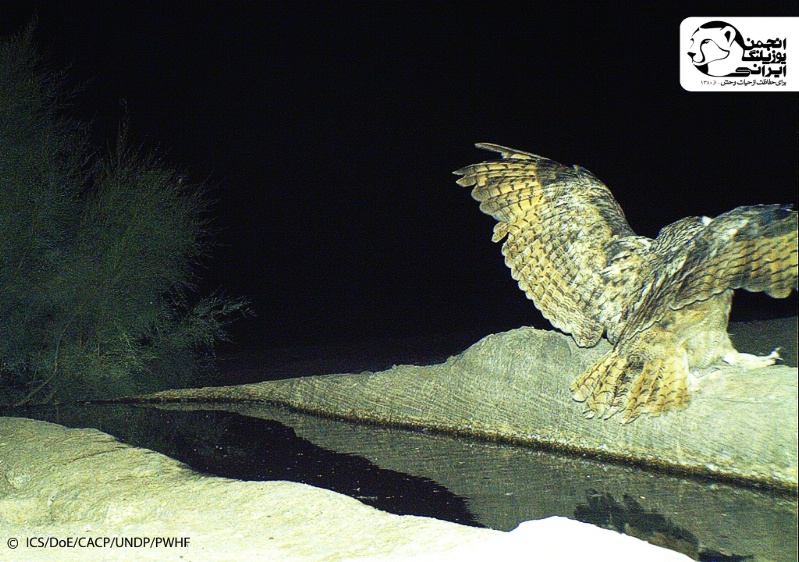
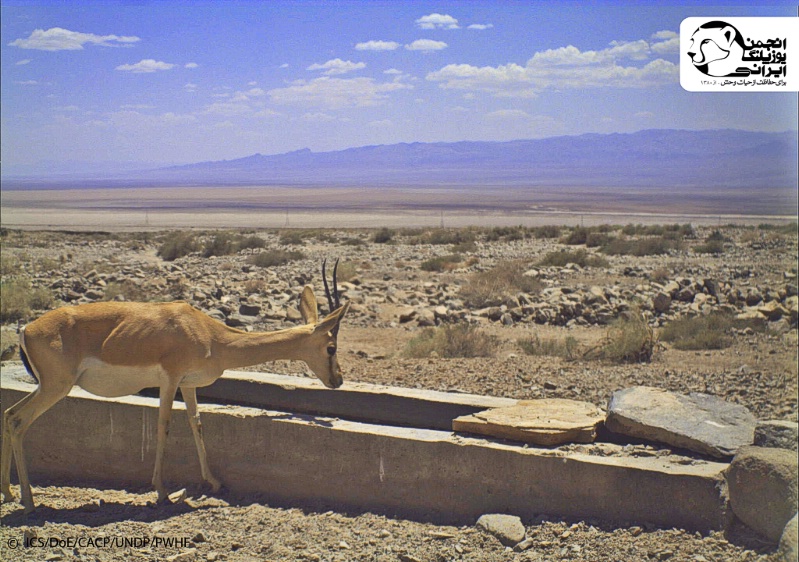
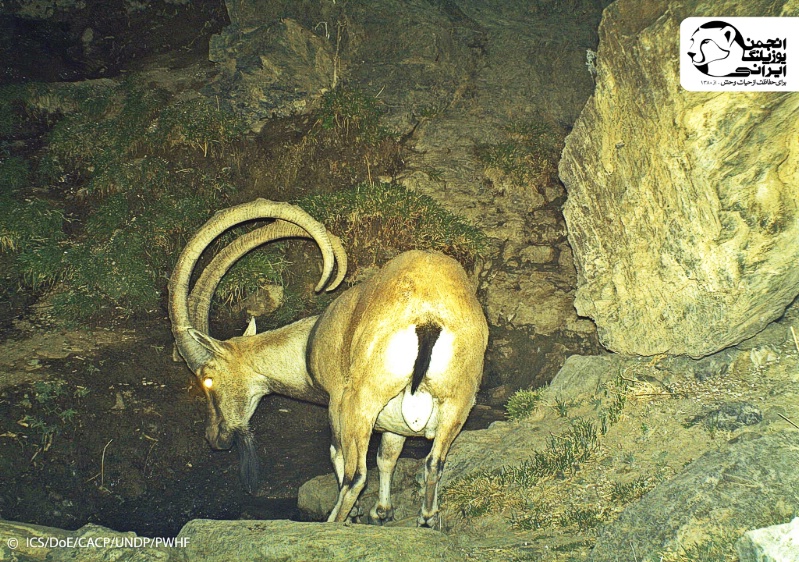
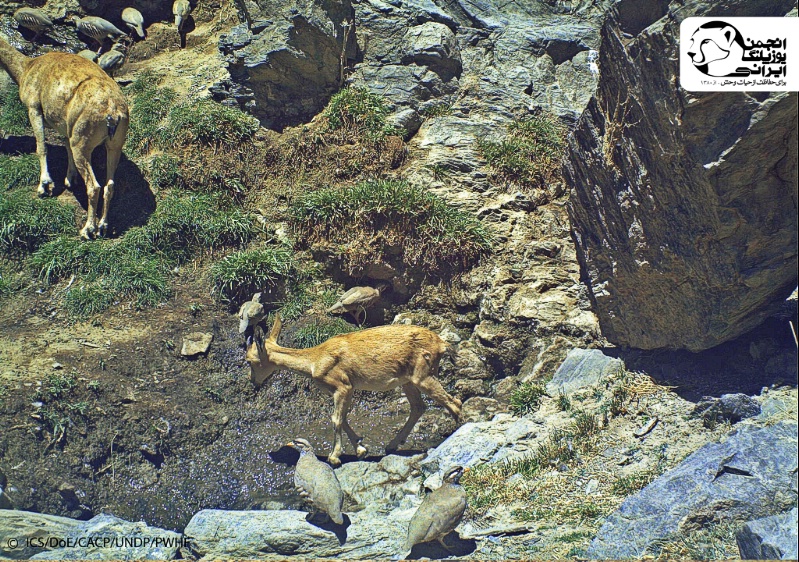
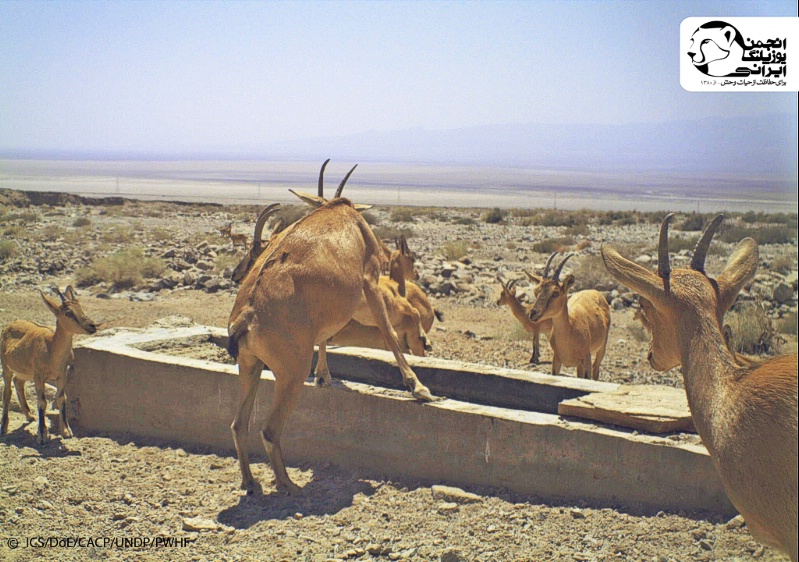
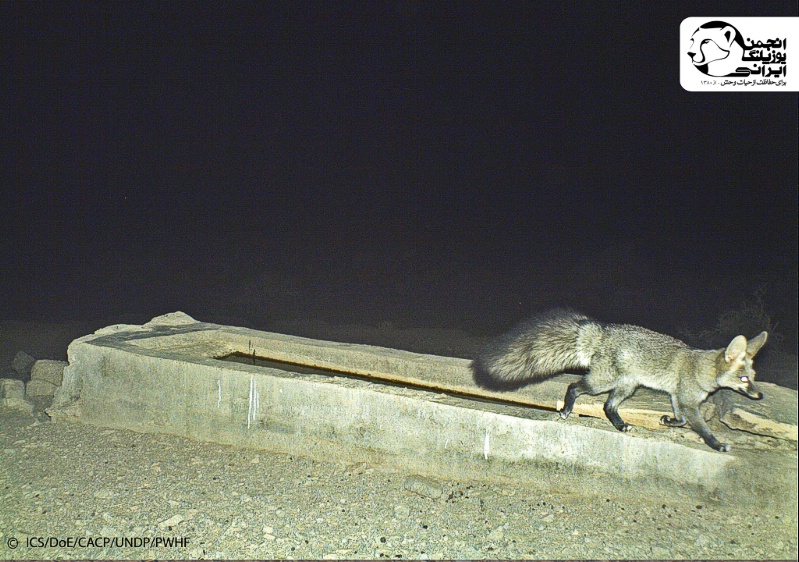
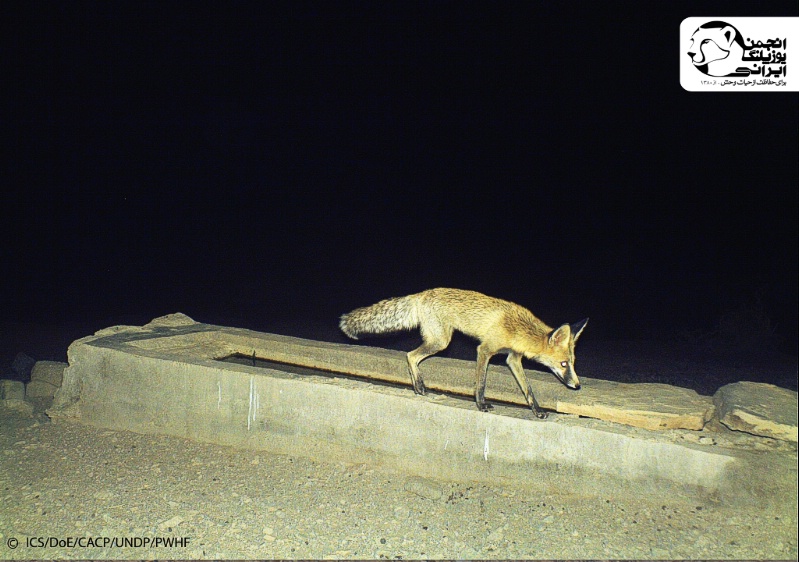
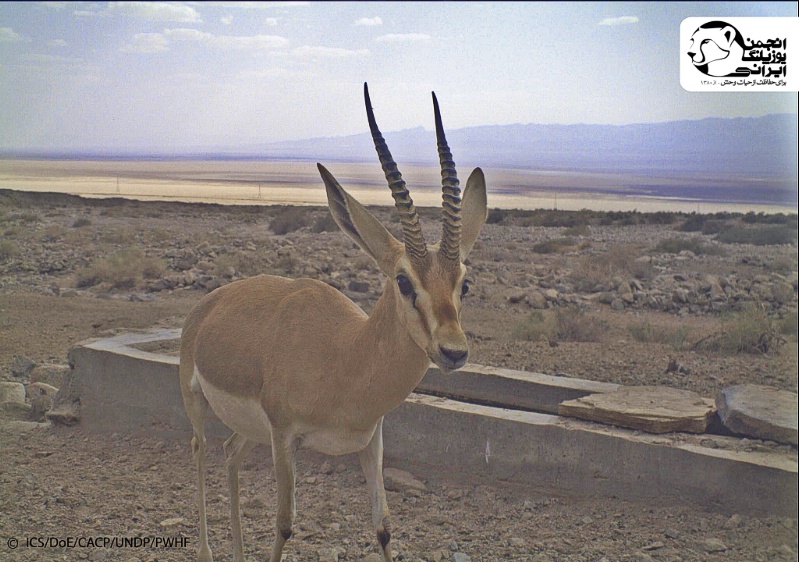
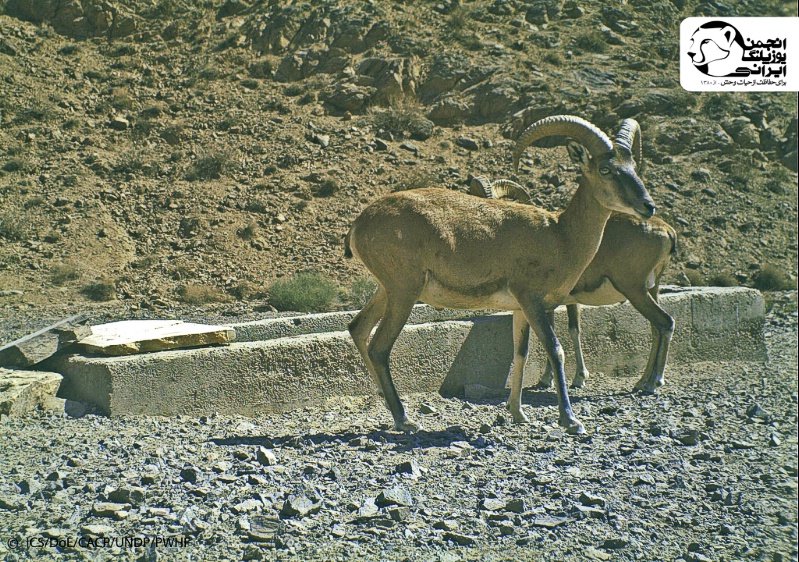
Cheetah coalition of three brothers roams over Dare-Anjir Wildlife Refuge
New pictures from the Iranian Cheetah Society’s nation-wide cheetah monitoring program show the coalition continuously photo-trapped in Dare-Anjir Wildlife Refuge since 2011. The three brothers, named as “Ardalan”, “Ardavan”, and “Arsalan”, were first recorded with their mother in Siah-Kouh National Park, Yazd province, in 2010. Since then, the coalition has established itself in Dare-Anjir and has been recorded several times in different locations.
Ardalan in Dare Anjir Wildlife Refuge
Interestingly, a new male has been photo-trapped recently in the area. This male, named as “Homino”, seems to follow the coalition and has been photographed with at least of the male cheetahs from the coalition.
Homino in Dare Anjir Wildlife Refuge
Iranian Cheetah Society runs the second phase of the nation-wide cheetah monitoring program in collaboration with Yazd Department of the Environment and Conservation of the Asiatic Cheetah Project. The program launched in August 2015 and is expected to continue in a number of key cheetah reserves during this fall.
The mother of three cubs we photographed in Miandasht Wildlife Refuge in 2013!
In late August 2015, staff of North Khorasan Department of the Environment photographed a female cheetah with three cubs in Miandasht Wildlife Refuge, north-eastern Iran. Experts from the Iranian Cheetah Society (ICS) compared this photo with camera-trap pictures obtained from the country-scale demography assessment of cheetahs in Iran running by ICS (here). We are thrilled to inform that that the new cheetah mother has been photographed in 2013 as a cheetah cub in another family of a female cheetah and three cubs!
This finding is crucial as very little is known about the population demography and reproduction biology of the Critically Endangered Asiatic cheetahs. In collaboration with the Conservation of the Asiatic Cheetah Project, Iran Department of the Environment, the nation-wide cheetah monitoring project is running by ICS across multiple reserves in north-eastern and central Iran.
Just released: The Iranian Cheetah Society’s summer 2015 newsletter
The 21st issue of Yuznameh, the internal newsletter of the Iranian Cheetah Society in Farsi, just released. Our top story features the recently discovered long-distance movement of a male cheetah in central Iran (here). Also highlighted are: the second year of Yahya Prize, updates from the Persian leopard project in northeastern Iran, news from the nation-wide cheetah monitoring program, the Iranian Cheetah Society’s scientific and popular publications, wildlife seminars, etc.
